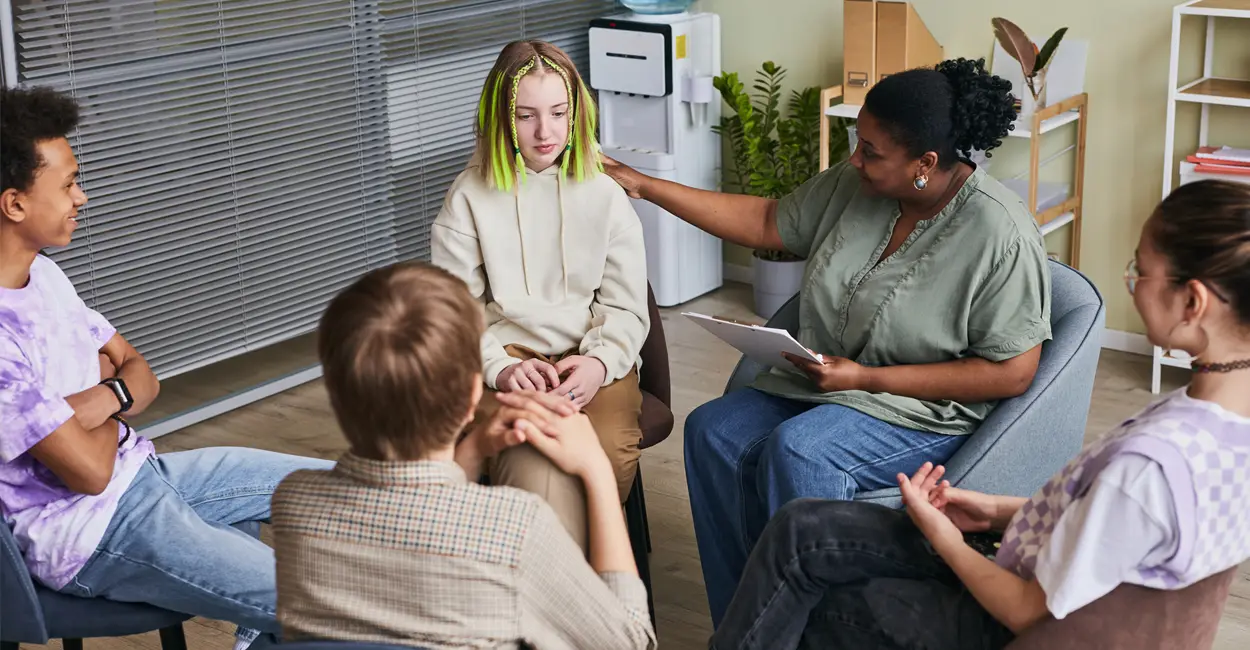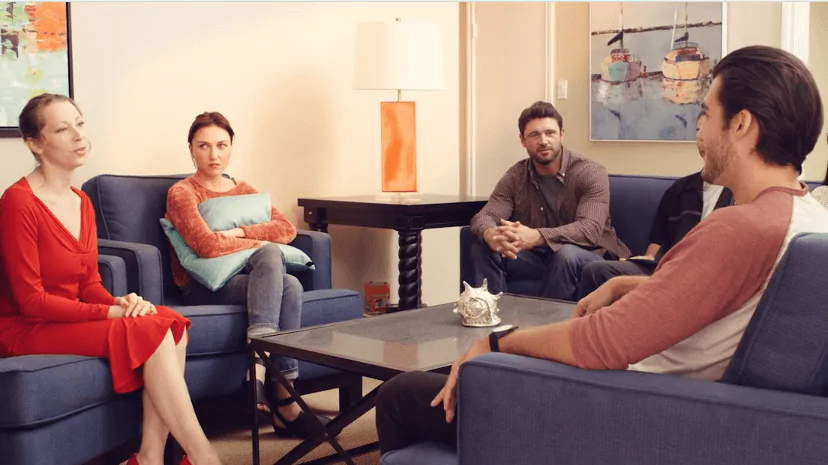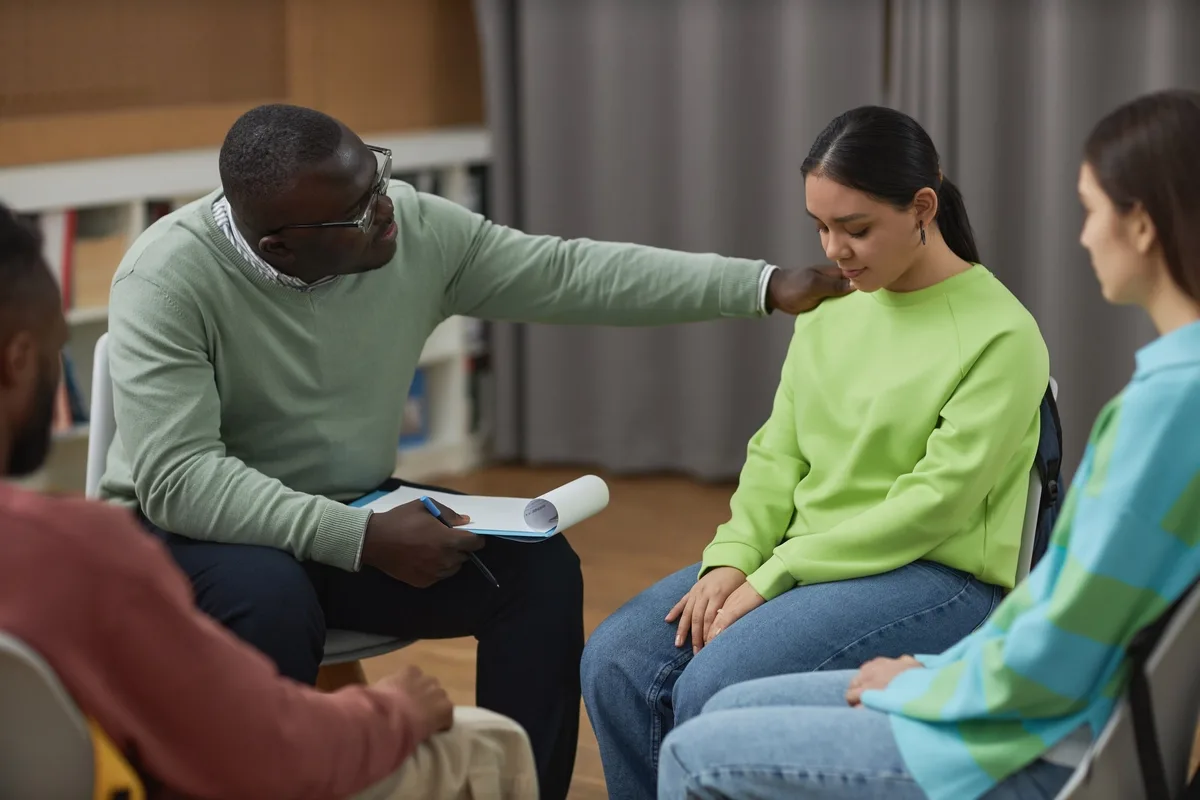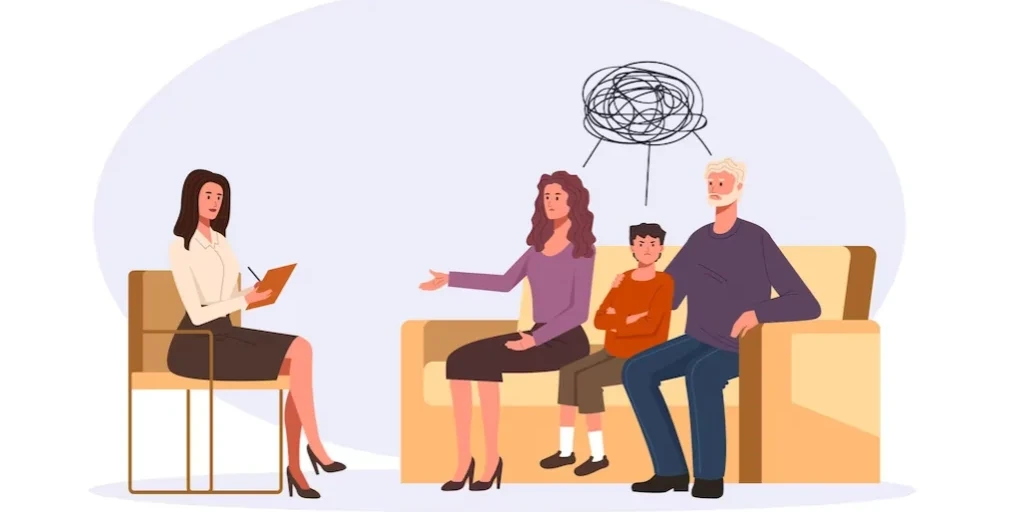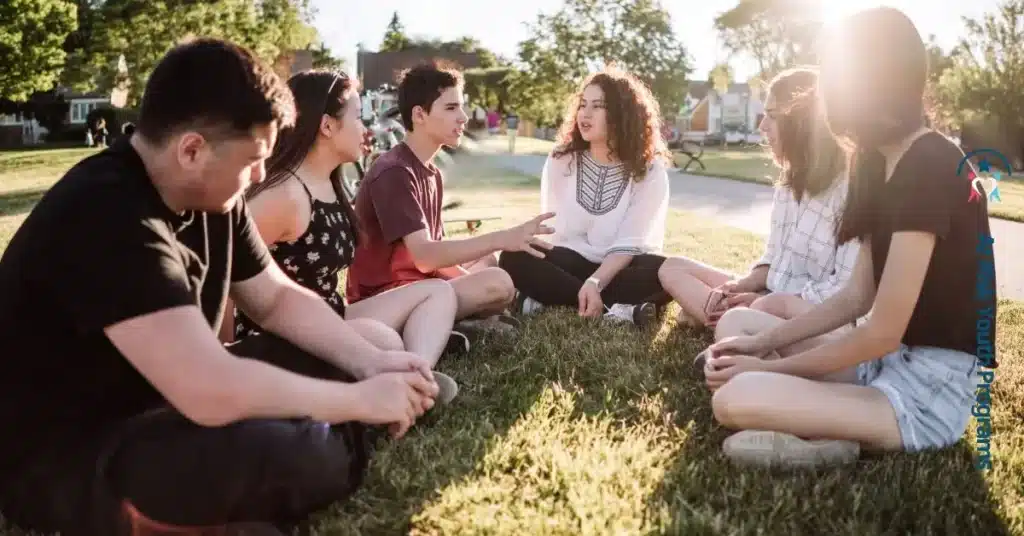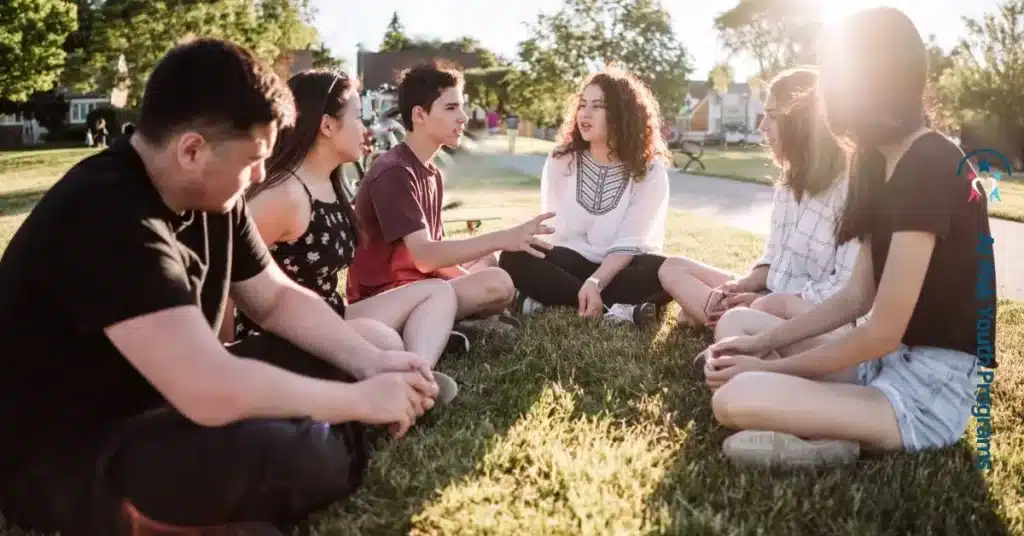24/7 Helpline:
(866) 899-221924/7 Helpline:
(866) 899-2219
Learn more about Residential Rehab centers in Stanislaus County
Residential Rehab in Other Counties

Other Insurance Options

United Health Care

UnitedHealth Group

ComPsych

Health Net

Premera

BHS | Behavioral Health Systems

Highmark

Horizon Healthcare Service

Group Health Incorporated

Molina Healthcare

UMR

Regence

Anthem

Health Choice

AllWell

Covered California

Amerigroup

Absolute Total Care

Aetna

CareSource

Teamsters Alcohol Rehab Program
Teamsters Alcohol Rehab Program is a private rehab located in Modesto, CA. Teamsters Alcohol Rehab P...

Nirvana Drug and Alcohol Institute – Outpatient
Nirvana Drug and Alcohol Institute – Outpatient is a non-profit rehab located in Modesto, California...

OHS – Occupational Health Services – DUI Program
Occupational Health Services (OHS) - DUI Program offers anger management, a state licensed DUI progr...

Stanislaus County Behavioral Health – Genesis of Modesto
Stanislaus County Behavioral Health – Genesis of Modesto is a public rehab located in Modesto, Calif...

Aspiranet – Modesto
Aspiranet – Modesto is a private rehab located in Modesto, California. Aspiranet – Modesto specializ...

New Hope Recovery
New Hope Recovery is a drug and alcohol rehab located in Modesto, California. They provide recovery ...

Doctors Medical Center – Behavioral Health
Doctors Medical Center – Behavioral Health is a private rehab located in Modesto, California. Doctor...

Oakdale Family Resource and Counseling Center
Oakdale Family Resource and Counseling Center is a private rehab located in Oakdale, California. Oak...

AEGIS Modesto
AEGIS Medical Systems is an outpatient rehab located in Modesto, CA. AEGIS Medical Systems specializ...
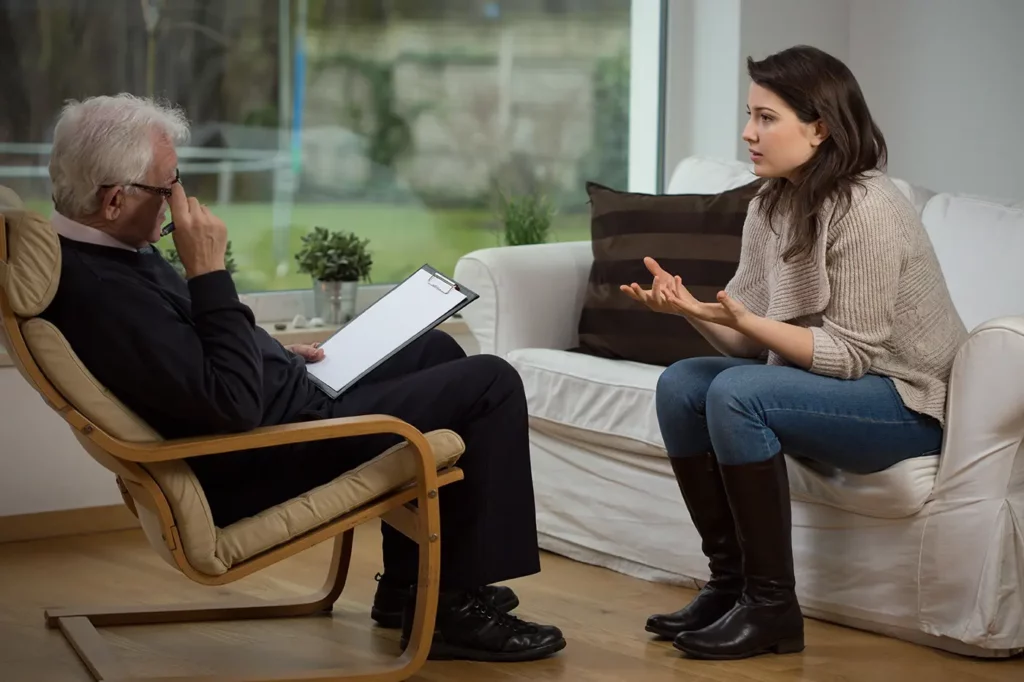
Center for Human Services
Center for Human Services is a non-profit agency that serves children and adults through mental heal...

Nirvana Drug and Alcohol Institute – Women of Hope
Nirvana Drug and Alcohol Institute – Women's Program is a drug and alcohol rehab located in Modesto,...

Sierra Vista Child and Family Services – Poplar Avenue
Sierra Vista Child and Family Services - Poplar Avenue offers outpatient programs for individuals wi...

Sierra Vista Child and Family Services – Sierra Drive
Sierra Vista Child and Family Services - Sierra Drive offers outpatient programs for individuals wit...

Sierra Vista Child and Family Services
Sierra Vista Child and Family Services - Hughson Avenue offers outpatient programs for individuals w...
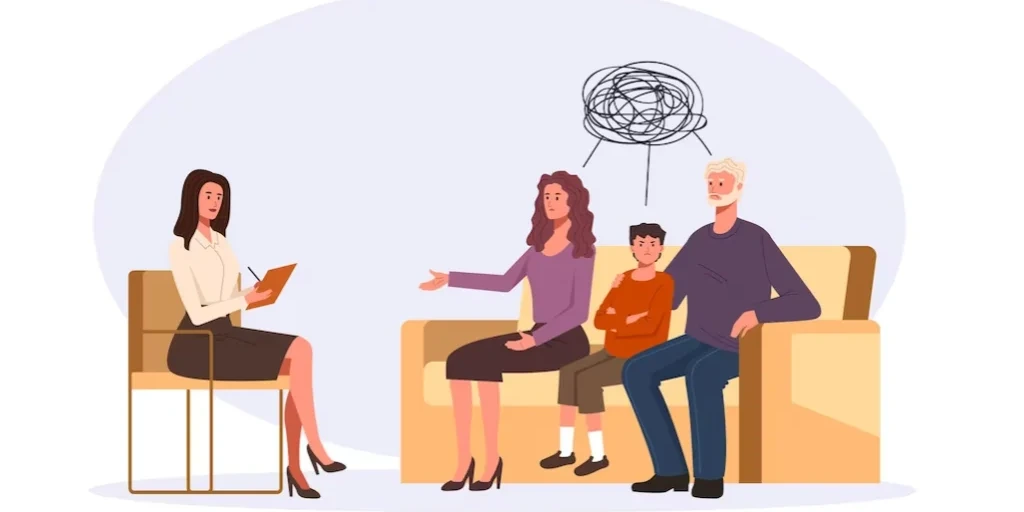
Sierra Vista Child and Family Services – Standiford Avenue
Sierra Vista Child and Family Services - Standiford Avenue offers outpatient programs for individual...

Sierra Vista Child and Family Services – 15th Street
Sierra Vista Child and Family Services - 15th Street offers outpatient programs for individuals with...

Sierra Vista Child and Family Services – McHenry Village Way
Sierra Vista Child and Family Services - McHenry Village Way offers outpatient programs for individu...
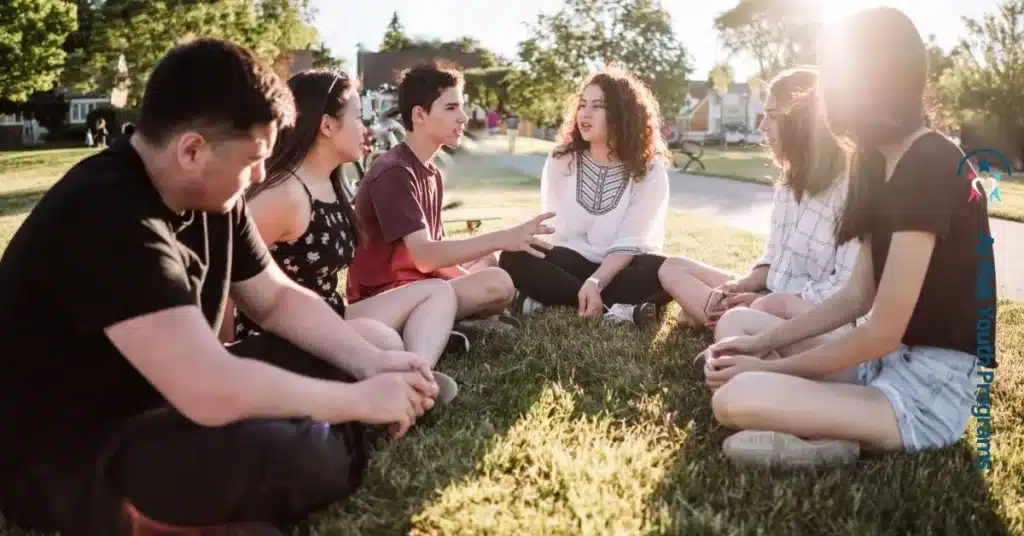
Uplift Family Services
Uplift Family Services is located in Modesto, California. Uplift Family Services is one of the large...

Insight Treatment Program for Teens and Families – Modesto
Insight Treatment Program for Teens and Families is a rehab facility located throughout Greater LA a...

Solvista Health
Solvista Health - Vesta Road offers outpatient services for individuals with mental health disorders...

AppleGate Recovery
AppleGate Recovery is a private rehab located in Oakdale, Louisiana. AppleGate Recovery specializes ...

Community Programs – Men’s Residential
Community Programs - Men’s Residential offers a gender specific treatment for men struggling with su...

Community Network Services
Community Network Services is a private rehab located in Waterford, Michigan. Community Network Serv...

Lakeview Behavioral Health
Lakeview Behavioral Health is a private rehab located in Waterford, Wisconsin. Lakeview Behavioral H...











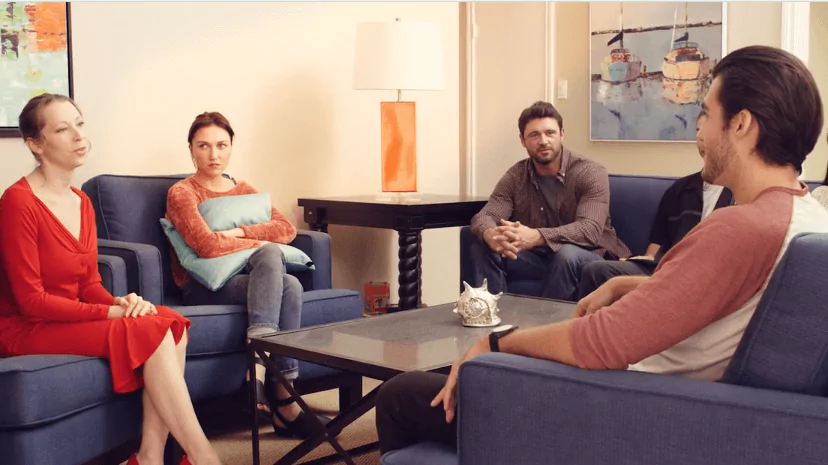




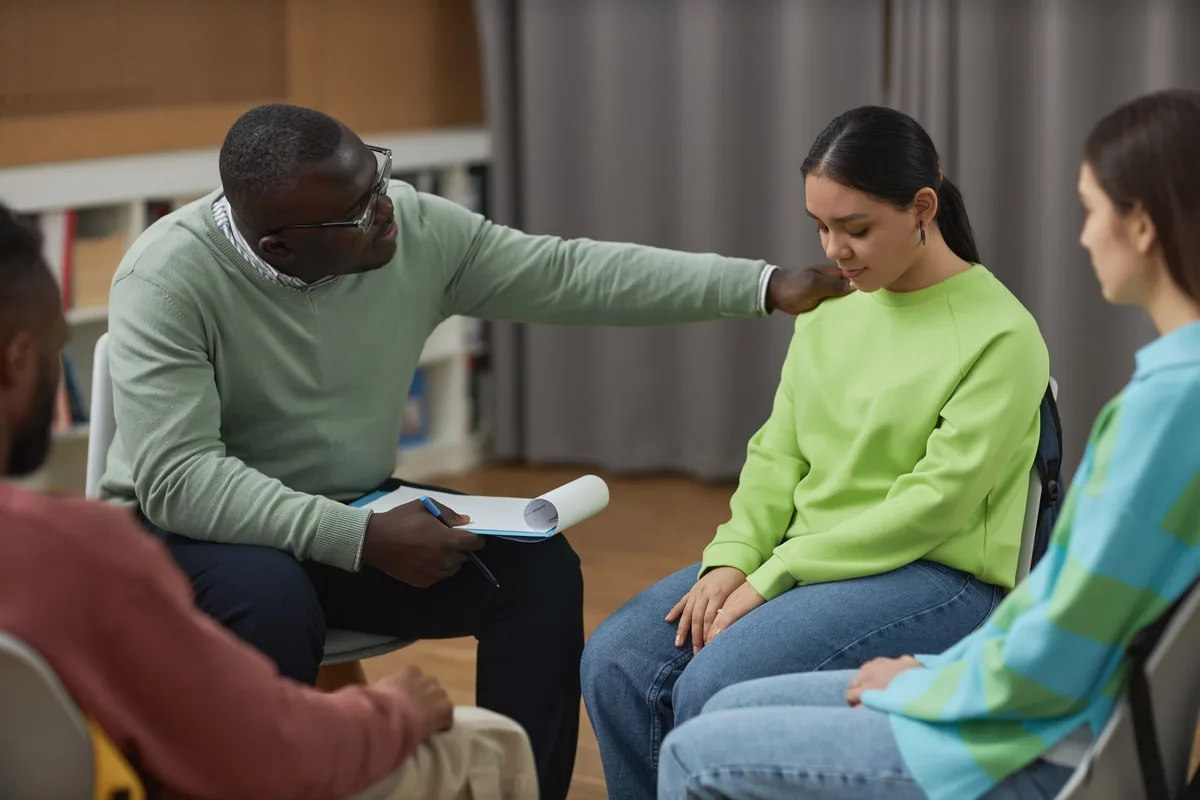










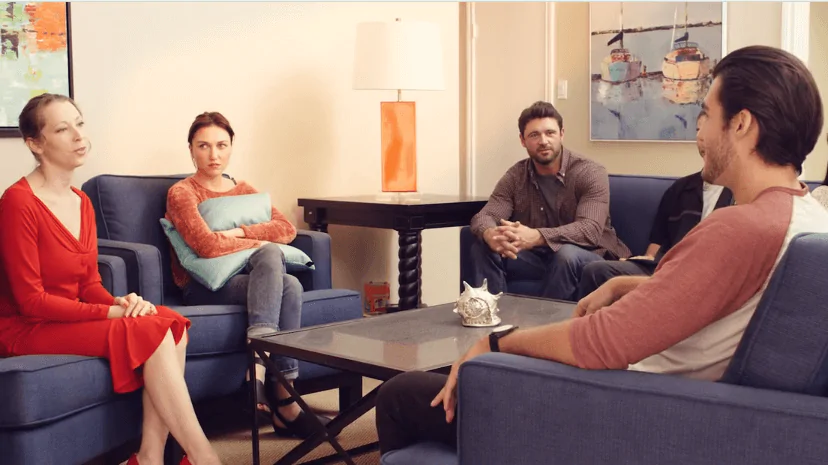

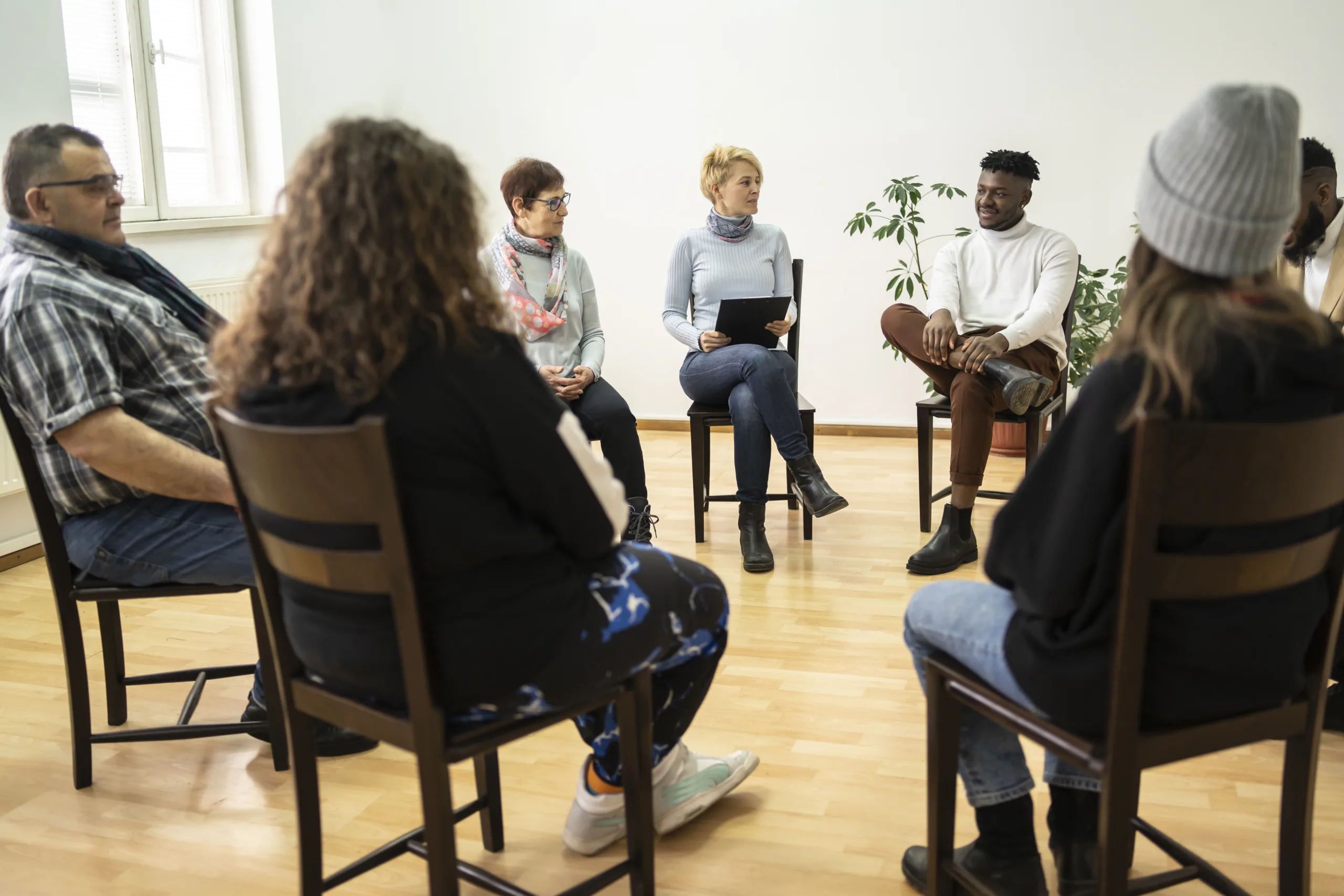
















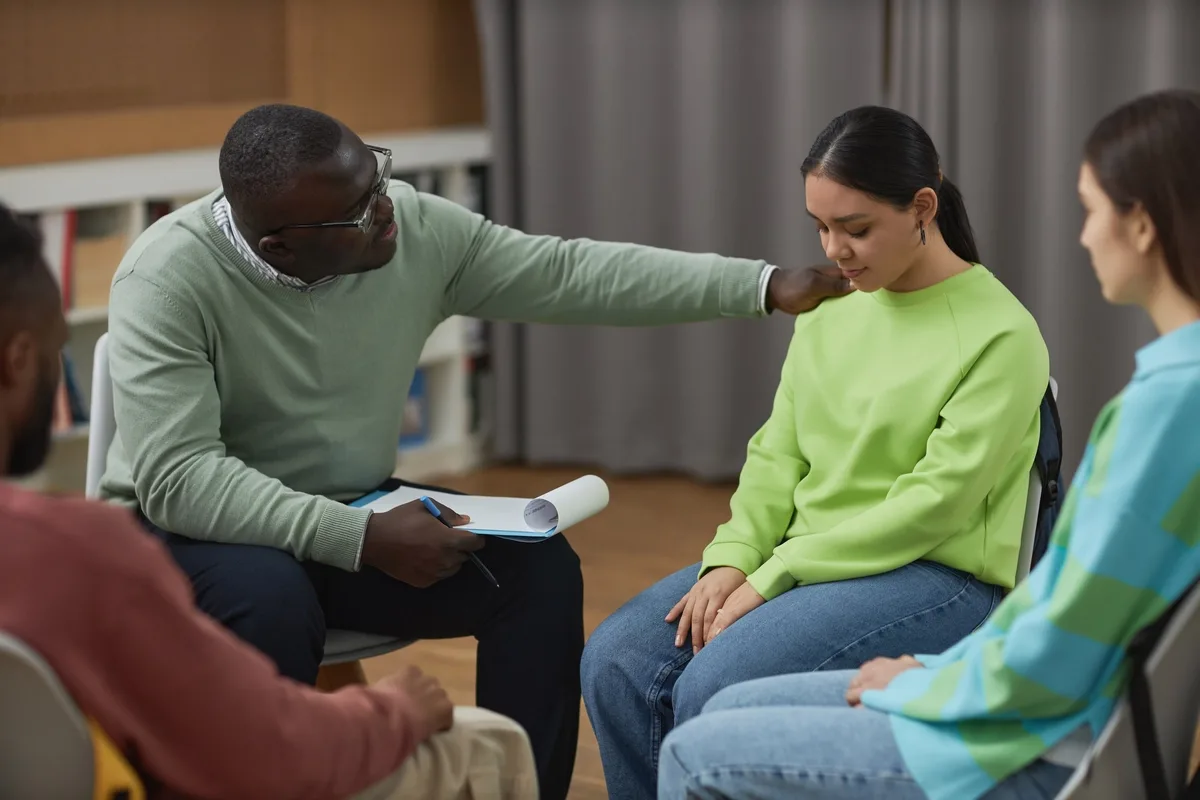











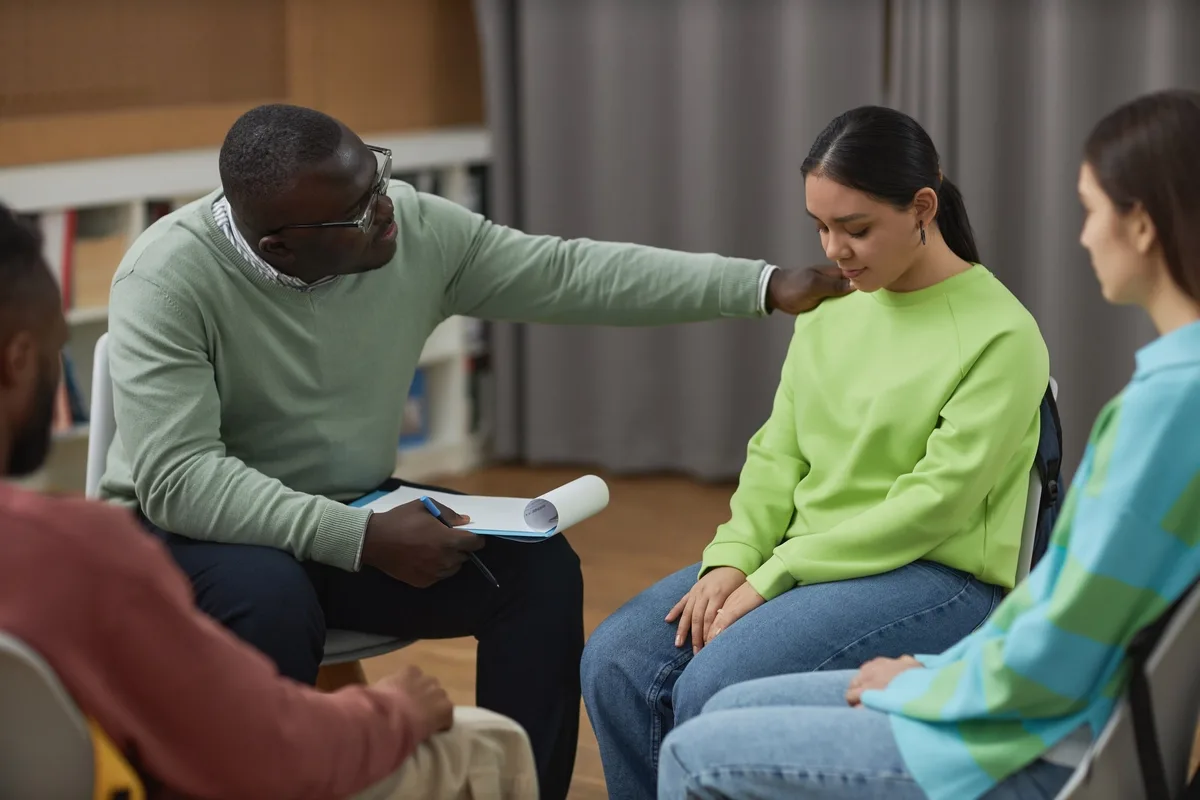






Turlock Group of Alcoholics
Turlock Group of Alcoholics is a non-profit rehab located in Turlock, California. Turlock Group of A...

AA – Alcoholics Anonymous – Public Information Committee
AA – Alcoholics Anonymous – Public Information Committee is a non-profit rehab located in Modesto, C...

AA – Alcoholics Anonymous – Crows Landing Road
AA – Alcoholics Anonymous – Crows Landing Road is a non-profit rehab located in Modesto, California....

Stanislaus County Behavioral Health – Leaps and Bounds Program
Stanislaus County Behavioral Health – Leaps and Bounds Program is a public rehab located in Modesto,...

Stanislaus County Behavioral Health – TAY Josie’s Place Service Team
Stanislaus County Behavioral Health – TAY Josie’s Place Service Team is a public rehab located in Mo...

Stanislaus County Behavioral Health – Turlock Recovery Services
Stanislaus County Behavioral Health – Turlock Recovery Services is a public rehab located in Turlock...

Teen Recovery Center
Teen Recovery Center is a private rehab located in Modesto, California. Teen Recovery Center special...

AA – Alcoholics Anonymous – 1024 J Street
AA – Alcoholics Anonymous – 1024 J Street is a non-profit rehab located in Modesto, California. AA –...

Stanislaus County Behavioral Health – Emotionally Disturbed School Based Services
Stanislaus County Behavioral Health – Emotionally Disturbed School Based Services is a public rehab ...

The Living Center
The Living Center is a private rehab located in Turlock, California. The Living Center specializes i...

Stanislaus County Behavioral Health – Recovery Center
Stanislaus County Behavioral Health – Recovery Center is a public rehab located in Ceres, California...
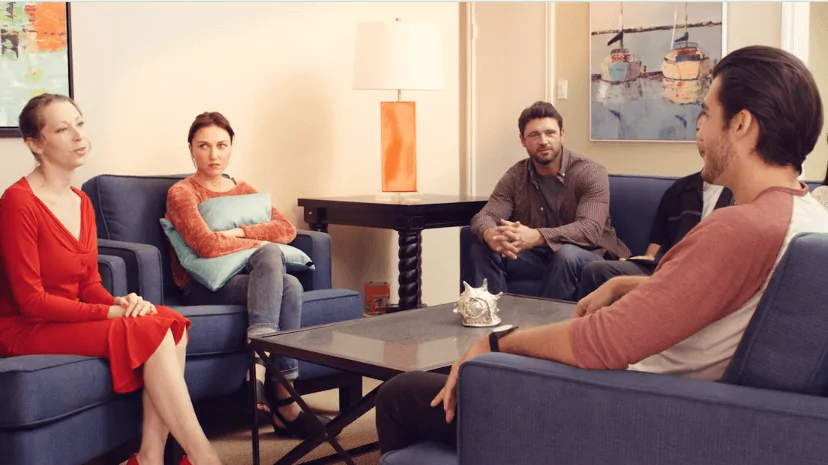
The Last Resort
The Last Resort offers residential programs and substance abuse detoxification for people struggling...

Solidarity Women’s Recovery
Solidarity Women’s Recovery is a private rehab located in Modesto, California. Solidarity Women’s Re...
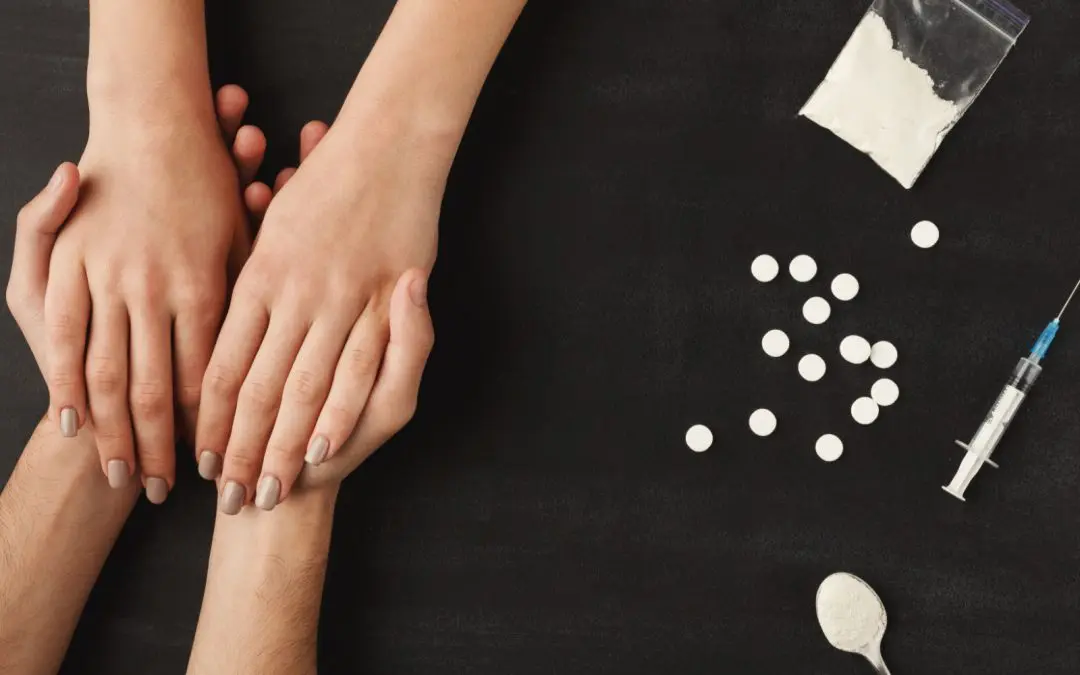
The Last Resort – Intensive Outpatient
The Last Resort – Intensive Outpatient is a private rehab located in Modesto, California. The Last R...

Valley Sober Living
Valley Sober Living, located in Ceres, California, offers a supportive and structured sober living e...

Choices Safe and Sober Living Home
Choices Safe and Sober Living is an alcohol and drug rehab center that provides addiction treatment ...

Crest Counseling Services
Crest Counseling Services is a private rehab located in Salida, Colorado. Crest Counseling Services ...

Allen Outreach
Allen Outreach is a private rehab located in Oakdale, Louisiana. Allen Outreach specializes in the t...

Alcoholics For Christ – Base Church
Alcoholics For Christ - Base Church is located in Royal Oak , Michigan. Alcoholics For Christ - Base...

Al – Anon and Al – Ateen
Al – Anon and Al – Ateen is a non-profit rehab located in Waterford, Michigan. Al – Anon and Al – At...
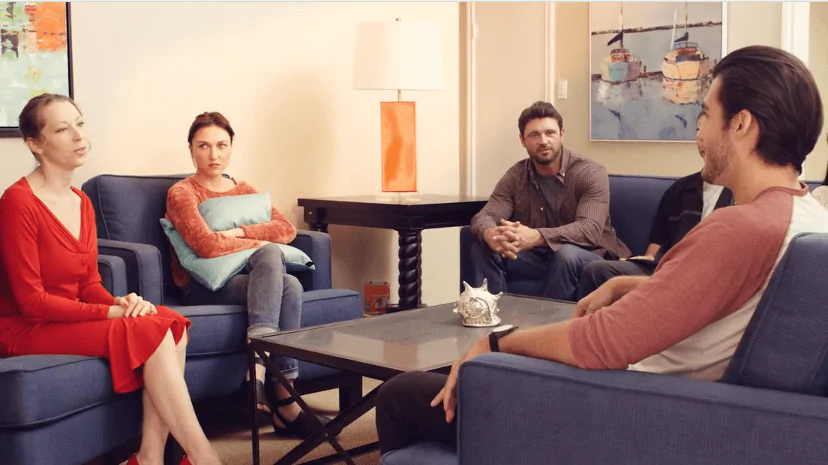
Recovery Consultants
Recovery Consultants is a privately owned corporation specifically focused on dealing with substance...

Bio Medical Behavioral Healthcare
Bio Medical Behavioral Healthcare is a private rehab located in Waterford, Michigan. Bio Medical Beh...

Alcoholics For Christ – Grace Missionary Church
Alcoholics For Christ - Grace Missionary Church is located in Waterford, Michigan. Alcoholics For Ch...

Community Programs – Women’s Residential & Outpatient Program
Community Programs - Women’s Residential & Outpatient Program offers a gender specific inpatient tre...

Aurora Behavioral Health Center
Aurora Behavioral Health Center is a private, traditional rehab located in Waterford, WI. Aurora Beh...
